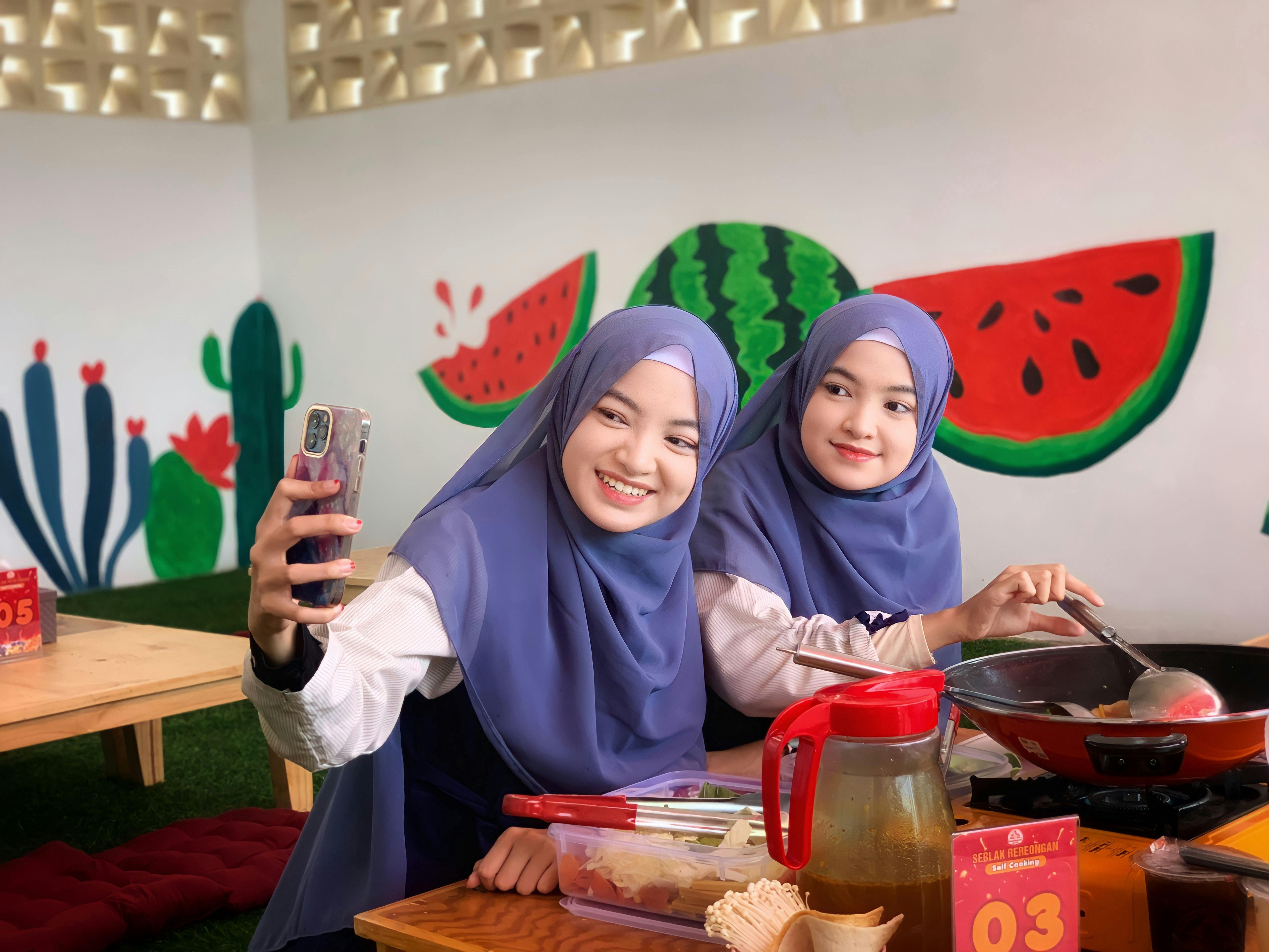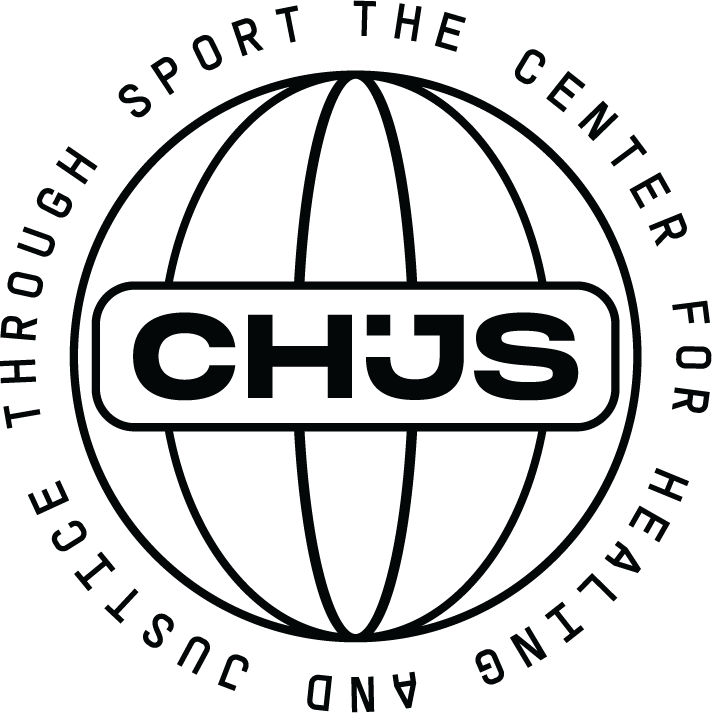 The saying “it takes a village to raise a child” rings true in many different communities across the globe. Often, we see communities coming together to look out for each other’s children and each other. This is especially critical when families are facing trauma. Communities come together to crowdsource funds for folks who have lost their homes, cars, or even lives, and their families or themselves need assistance. Mutual aid efforts, meaning people coming together to support each other’s needs, became a lifeline for many during the pandemic. Parents leaned on each other to navigate new realities of remote learning together. Perhaps one of the greatest examples is the United States giving a record $471 billion in charitable donations, which went to support COVID-19 relief. The pandemic brought communities together during a time in which collective trauma was bound to be the result.
The saying “it takes a village to raise a child” rings true in many different communities across the globe. Often, we see communities coming together to look out for each other’s children and each other. This is especially critical when families are facing trauma. Communities come together to crowdsource funds for folks who have lost their homes, cars, or even lives, and their families or themselves need assistance. Mutual aid efforts, meaning people coming together to support each other’s needs, became a lifeline for many during the pandemic. Parents leaned on each other to navigate new realities of remote learning together. Perhaps one of the greatest examples is the United States giving a record $471 billion in charitable donations, which went to support COVID-19 relief. The pandemic brought communities together during a time in which collective trauma was bound to be the result.
We know that children and youth belong to many different communities. So how can these different communities support children and youth in the face of trauma? The following resources offer support to those who want to invest in creating and sustaining trauma informed community spaces for children and youth.
Featured resource from the Alliance for Greater Works
The Healing Youth Alliance: Trauma Informed Training teaches pastors, educators, families and young adults to recognize signs of trauma in youth and empower them to respond in ways that will begin to create a pathway for healing.
An after-school program may also serve as a respite for children and youth experiencing violence in their home. In this way, trauma-informed after-school programs can offer healing and safety.
Featured resources from the Afterschool for Children and Teens Now (ACT Now) Coalition
- The Trauma Informed Care in Afterschool Toolkit (2019) is a comprehensive guide for implementing trauma-informed care in your out-of-school time program.
- The Creating Afterschool Partnerships Toolkit (2023) was developed to support Illinois providers of afterschool and youth development programs in their efforts to collaborate with various stakeholders within their communities.
ACT Now recognizes the importance of a communitywide investment in the positive development and well-being of youth and believes that developing partnerships is an effective way of creating community stake in youth success.
What’s the big deal about sports being trauma informed? According to Merkel (2013), belonging to a sports team can greatly increase the self-esteem of teens, lower rates of anxiousness, and decrease risk of suicidal behavior. Having a support system is key when you or someone you know is experiencing trauma. The resources below explore the role that coaches and other sports leaders can play in creating safe and supportive team environments.
The Center for Healing and Justice Through Sport believes that "sport is drastically underutilized as an intentional strategy to support healing, build resilience, and address issues of systemic injustice." They support efforts to work inside and outside the sports system to change societal conditions that prevent kids, families, and communities from accessing and participating in high-quality, healing sports.












